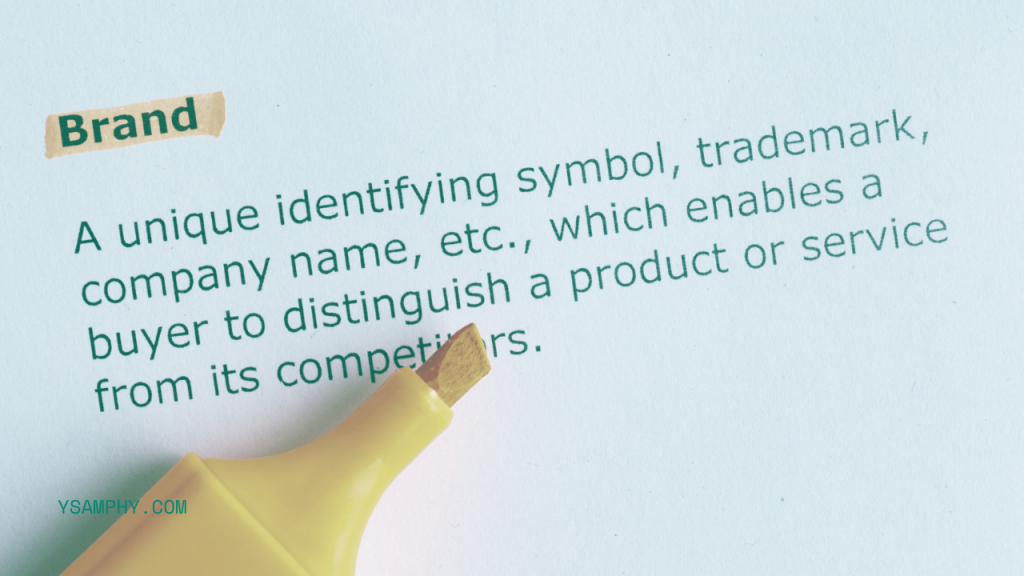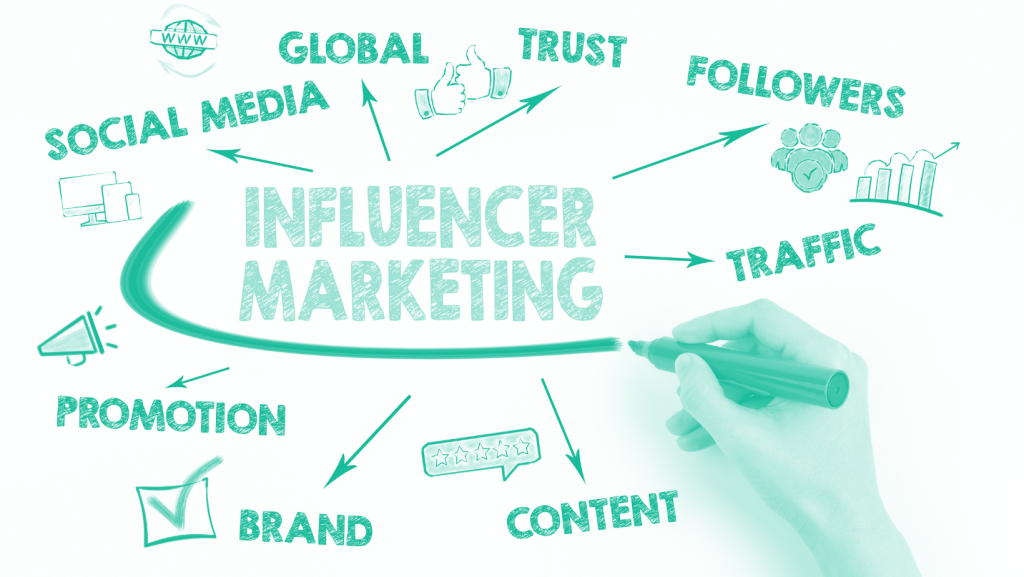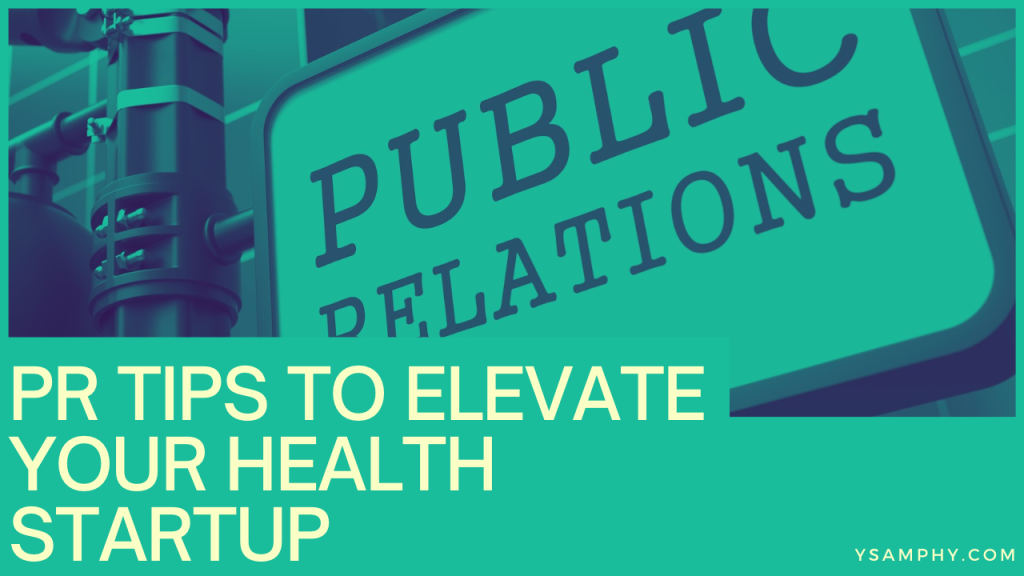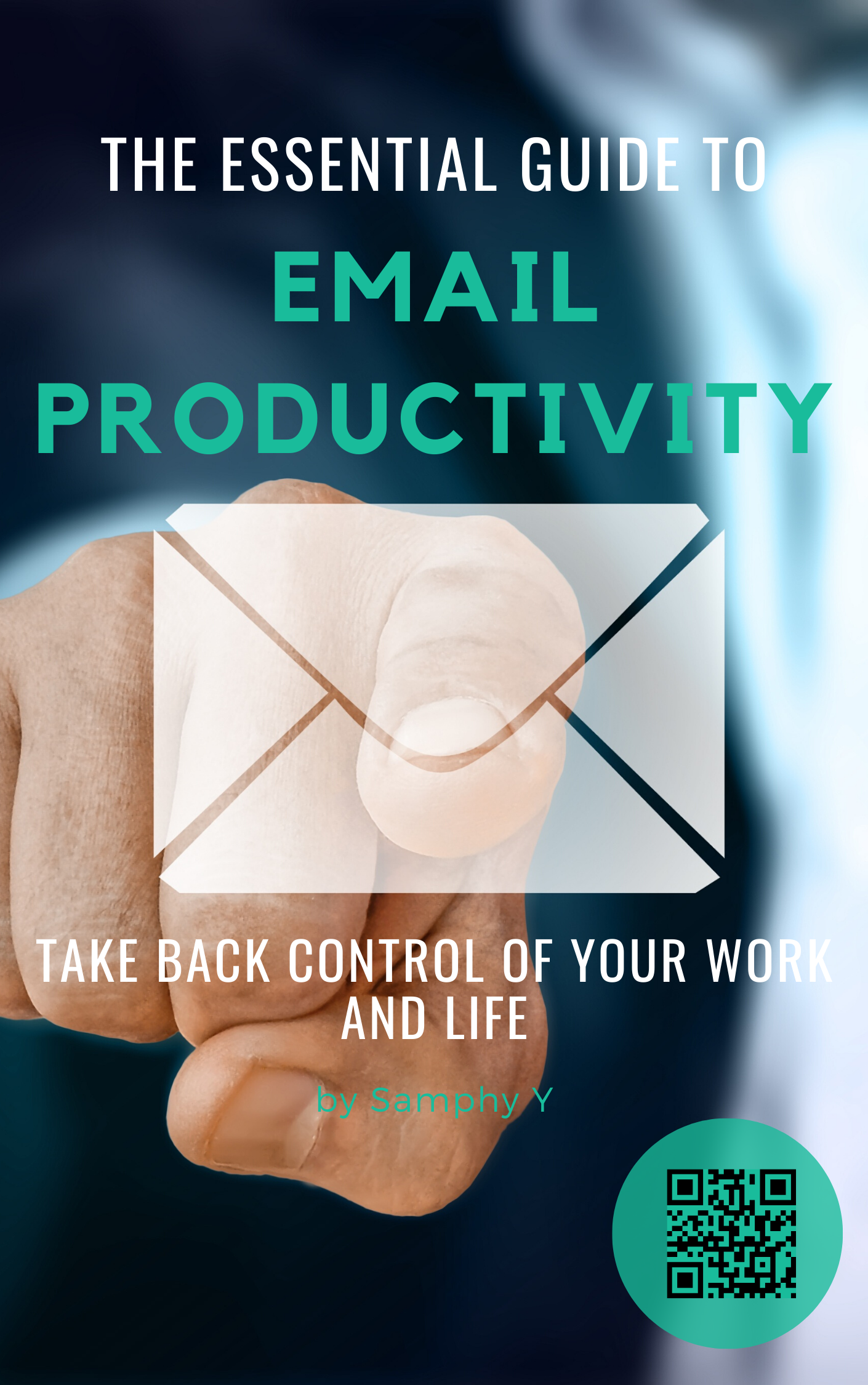A startup requires more than just a great idea to navigate the complexities of the healthcare industry. That is where public relations (PR) comes into play. For instance, a well-executed public relations strategy tells the brand story in a way that resonates with the audience, builds trust, and positions the brand as a leader in the industry.
Thus, consider this article as a guide offering actionable PR tips tailored for health startups.

1. Understand Your Audience
Your audience, also called the publics, is a diverse mix of individuals, including patients, healthcare professionals, investors, and regulators. Thus, a PR message should be specific, targeting the needs, concerns, and expectations.
To achieve this, you should start by identifying your key audience segments. Research their pain points, preferences, and the language they use. It will allow you to position your startup in a way that addresses their specific needs and establishes trust.
One of the most direct methods to help you distinguish your publics is through surveys and questionnaires. By creating and distributing surveys to existing customers, potential users, and key stakeholders, you can gather valuable insights into their needs, preferences, and pain points.
In addition to surveys and questionnaires, social media listening is a powerful tool for gaining insights into your audience. You can monitor conversations, hashtags, and trends related to your industry on platforms like X, LinkedIn, and Facebook to identify the topics and concerns that resonate most with your target demographic.
Another valuable method is analyzing competitor strategies. By examining how your competitors engage with their audiences—what channels they use, what content they produce, and how they position themselves—you can identify gaps in the market and opportunities to differentiate your startup.
Focus groups and in-depth interviews can also provide deeper insights. These methods allow you to explore your audience’s thoughts and feelings in more detail, offering qualitative data that can uncover underlying motivations and barriers.

2. Build Relationships with the Media
It starts with identifying media outlets that align with your startup’s goals and reach the audiences you want to connect with. A health and wellness PR agency can have established media connections to help a startup connect with the right platforms.
Once you’ve identified these outlets, develop a strategic approach to media outreach. Crafting compelling press releases that clearly articulate your startup’s story, mission, and recent achievements is essential.
Beyond just sending out press releases, pitching to journalists requires a more personalized approach. Understanding what stories resonate with individual journalists and crafting pitches that highlight the relevance of your story to their audience can significantly increase your chances of media coverage.
Building these relationships isn’t about one-off interactions; it’s about creating ongoing dialogues that position your startup as a reliable source of insights and innovation in your field.

3. Craft a Strong Brand Narrative
In the health industry, where complex data and technical jargon often dominate, storytelling becomes a powerful tool for making your brand relatable and memorable. A strong brand narrative humanizes your startup by focusing on the real-world impact of your solutions.
Whether it’s a patient’s success story, a founder’s journey, or the problem your product aims to solve, these stories resonate emotionally. They help your audience understand what you do and why it matters.
Further, at the heart of your brand narrative is your unique value proposition (UVP)—the distinct benefit that sets your startup apart from competitors. Crafting a compelling UVP requires a deep understanding of your audience’s needs and how your product or service addresses those needs better than anyone else.
Your narrative should highlight this UVP clearly and compellingly, making it easy for your audience to see why they should choose your startup over others.
In addition, your brand narrative should also communicate your startup’s mission and vision. The mission is your startup’s core purpose—what you aim to achieve in the health sector. The vision is where you see your startup in the future and the broader impact you hope to make. This alignment can help you attract like-minded partners, investors, and customers.
4. Ensure Consistency Across Channels
Whether you’re speaking to the media, engaging on social media, or developing marketing materials, the core elements of your narrative should remain the same. This consistency reinforces your message, builds recognition, and strengthens your brand identity. Inconsistencies can confuse your audience and dilute your message.

5. Leverage Digital Platforms
Social media, in particular, offers unique opportunities to build and maintain your startup’s online presence. Each platform has its strengths. For instance, LinkedIn is especially valuable for connecting with professionals, investors, and other key stakeholders, while Twitter allows engagement in industry conversations and sharing real-time updates.
Further, Instagram has a visual focus for humanizing your brand by showcasing behind-the-scenes moments, patient stories, or product highlights.
Beyond social media, content marketing is another powerful tool for demonstrating expertise and establishing authority in the health sector. Creating valuable content, such as blog posts, videos, infographics, and white papers, allows you to educate your audience and provide insights that directly address their needs.
Additionally, well-executed content marketing can improve your search engine visibility, making it easier for potential customers and the media to discover your startup.

6. Partner with Influencers and Advocates
Identify influencers who align with your brand’s values and resonate with your target audience. They might be healthcare professionals, patient advocates, or health enthusiasts with a strong following in your niche.
Once you’ve identified the right influencers, create joint campaigns like product reviews, sponsored posts, joint webinars, or co-created content like eBooks or videos.
Influencers can also help you reach new audiences that might otherwise be difficult to access.
Measuring PR Success
Set clear, measurable goals that align with your overall business objectives so you can measure the results. These goals should be specific, achievable, and time-bound and might include increasing brand awareness, driving website traffic, generating media coverage, or improving public sentiment.
Once you establish goals, identify key performance indicators (KPIs) that will help you track your progress. These might include metrics such as the number of media mentions, social media engagement rates, website traffic generated by PR activities, and sentiment analysis.
Analyzing media coverage is a critical part of measuring PR success. It involves tracking where, when, and how the media mentions your startup.
PR is not a one-time activity but an ongoing process that requires constant refinement. If some strategies or campaigns aren’t delivering the desired results, adjust them by tweaking your messaging, shifting your focus to different media outlets, or exploring new digital platforms.

Conclusion
PR is about creating meaningful connections with your audience, establishing trust, and positioning your brand as a leader in the health sector. Thus, your startup can effectively communicate its value and stand out in a crowded market by crafting a strong brand narrative, building relationships with the media, leveraging digital platforms, partnering with influencers, and continuously measuring your PR efforts.
As you implement these strategies, remember that PR is an ongoing process that requires consistency, adaptability, and a deep understanding of your audience.

